-
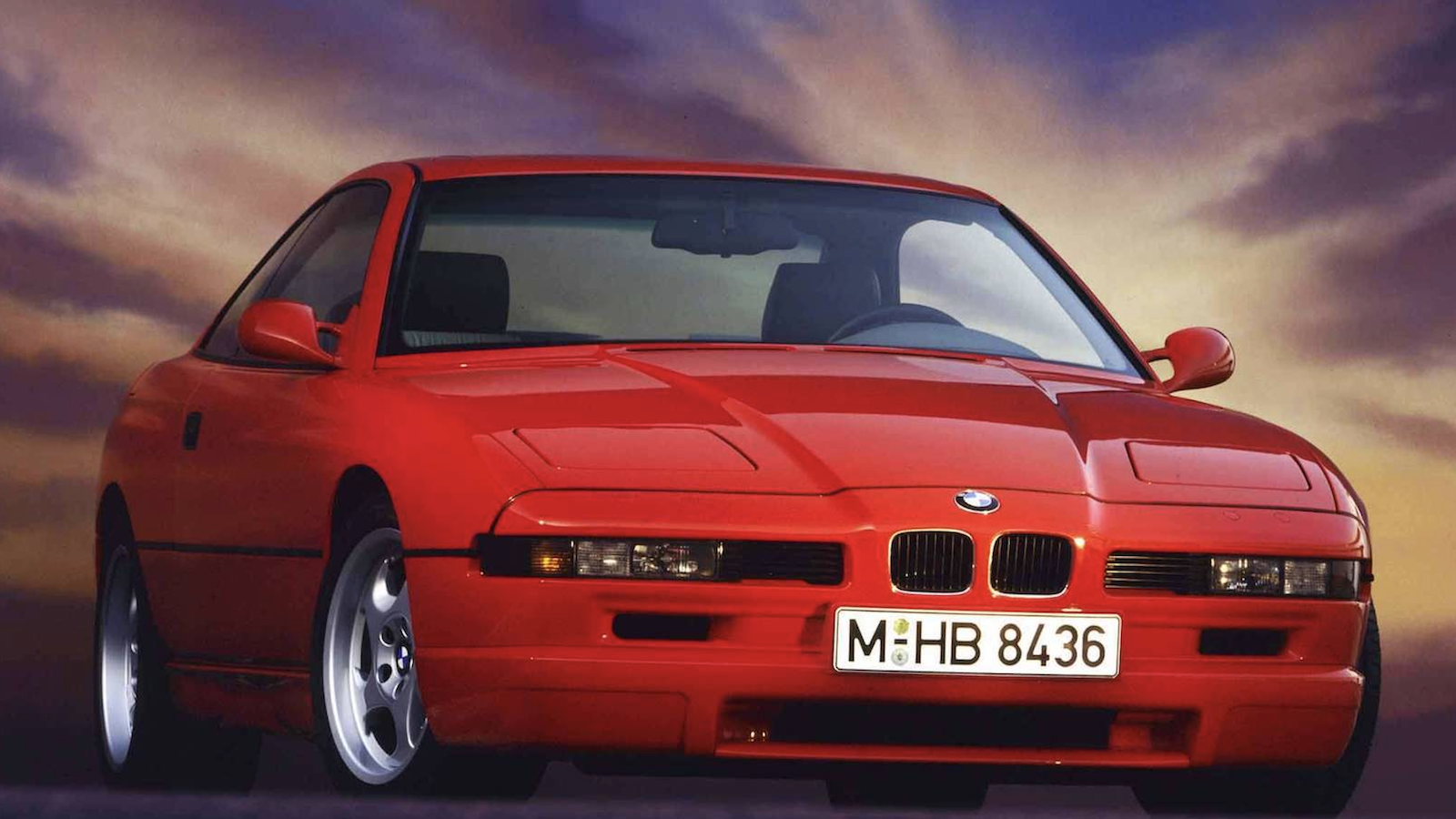 © BMW Group Classic
© BMW Group Classic -
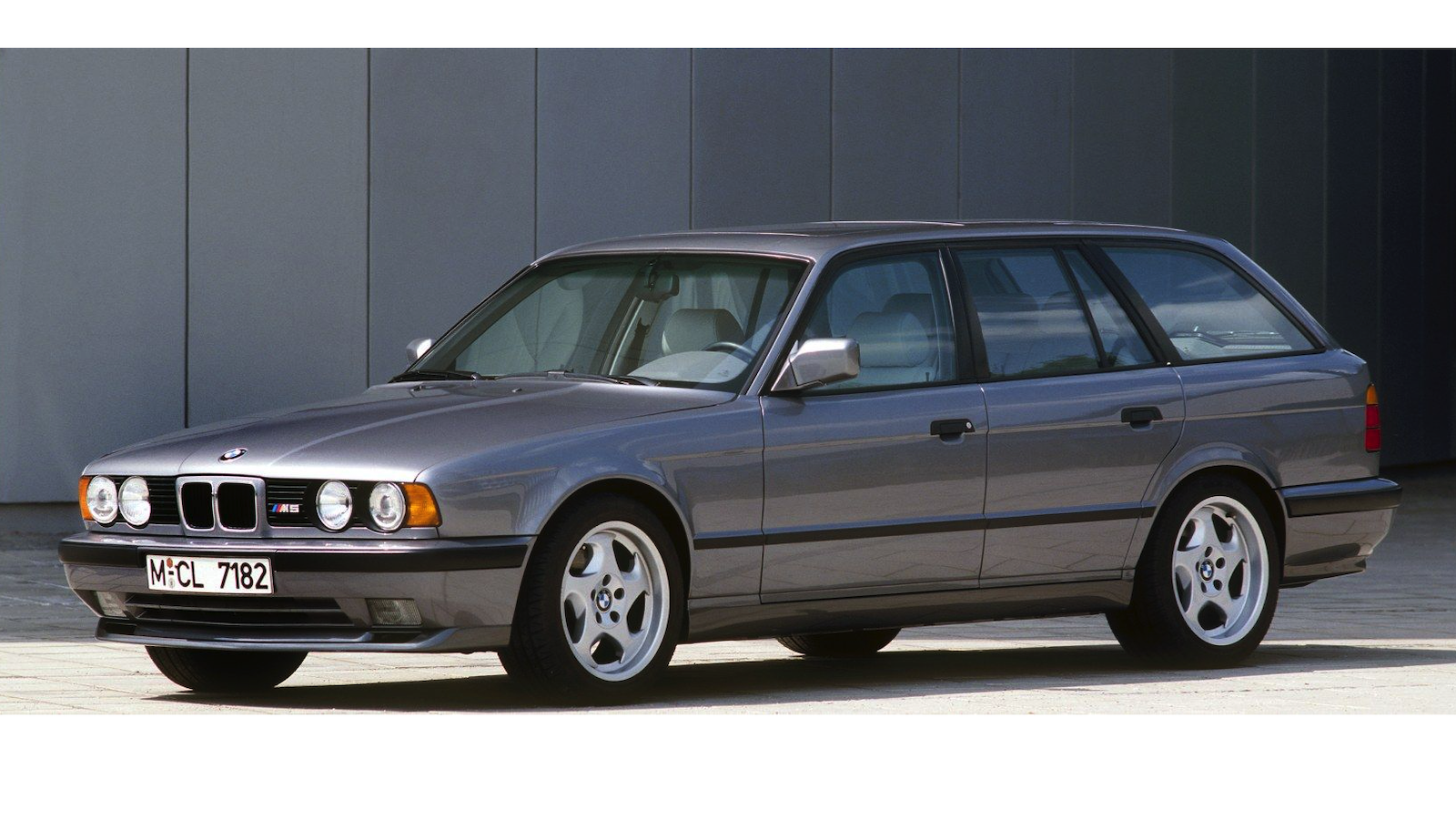 © BMW M
© BMW M -
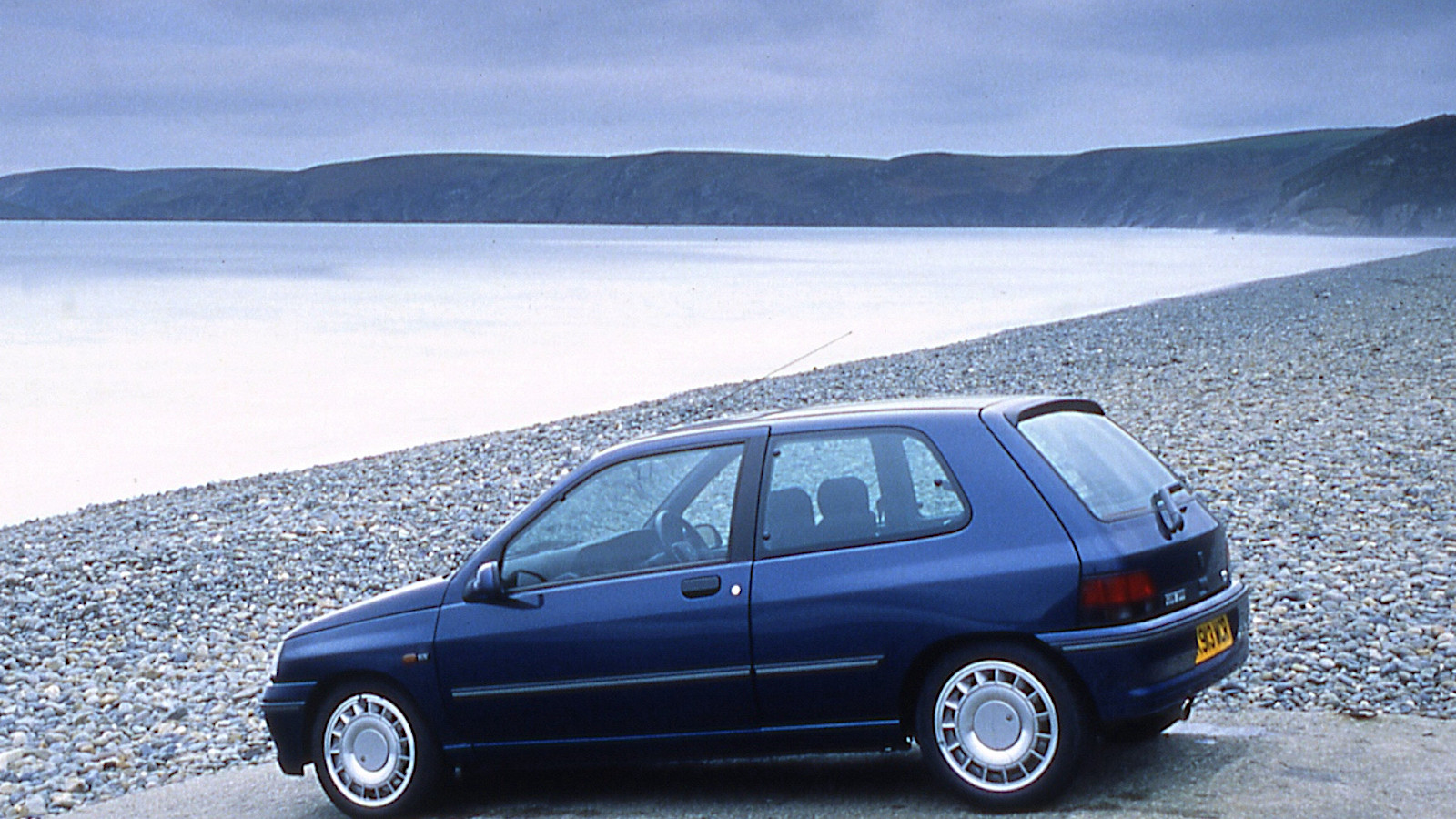 © Renault
© Renault -
 © Newspress
© Newspress -
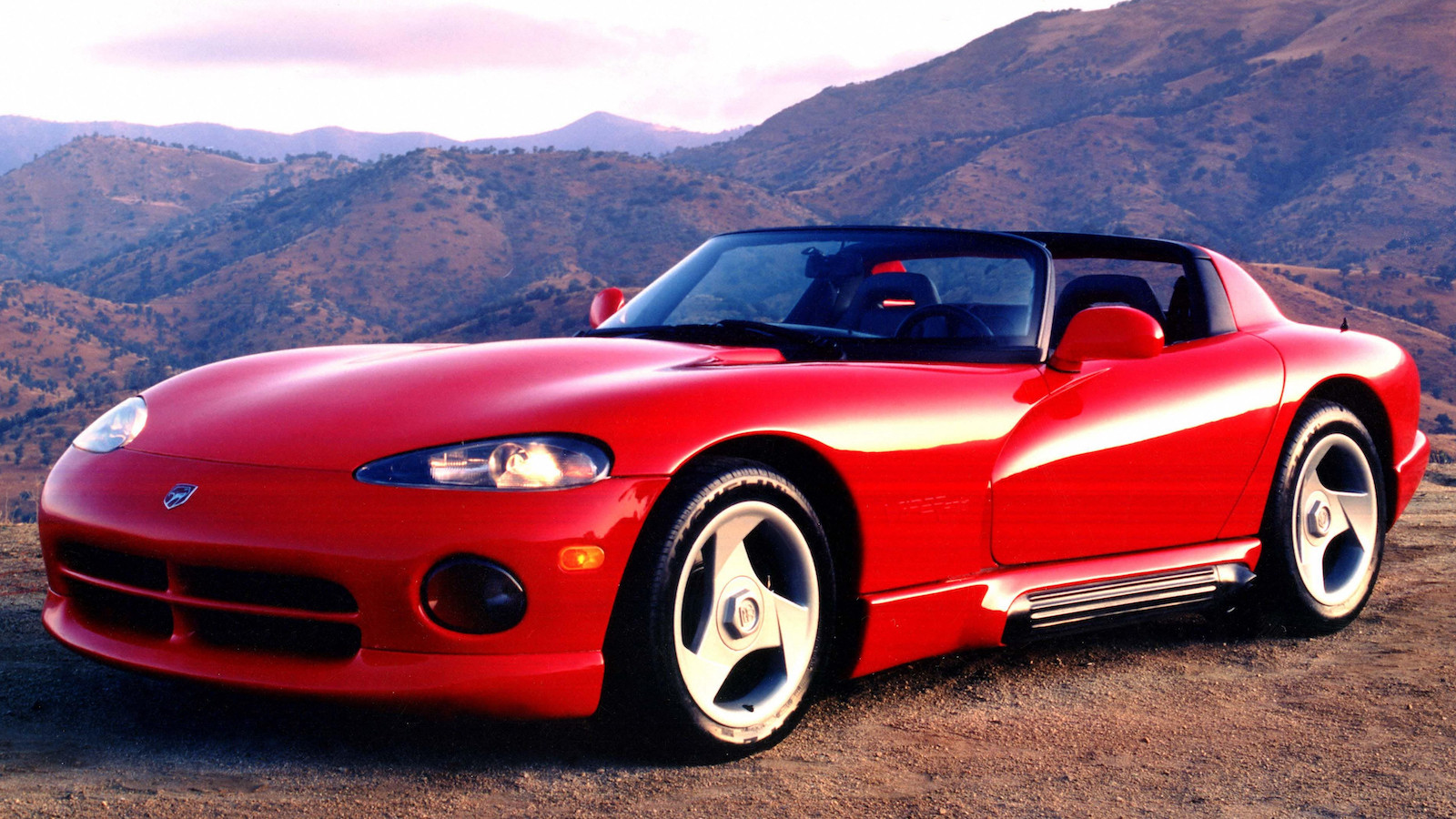 © Stellantis
© Stellantis -
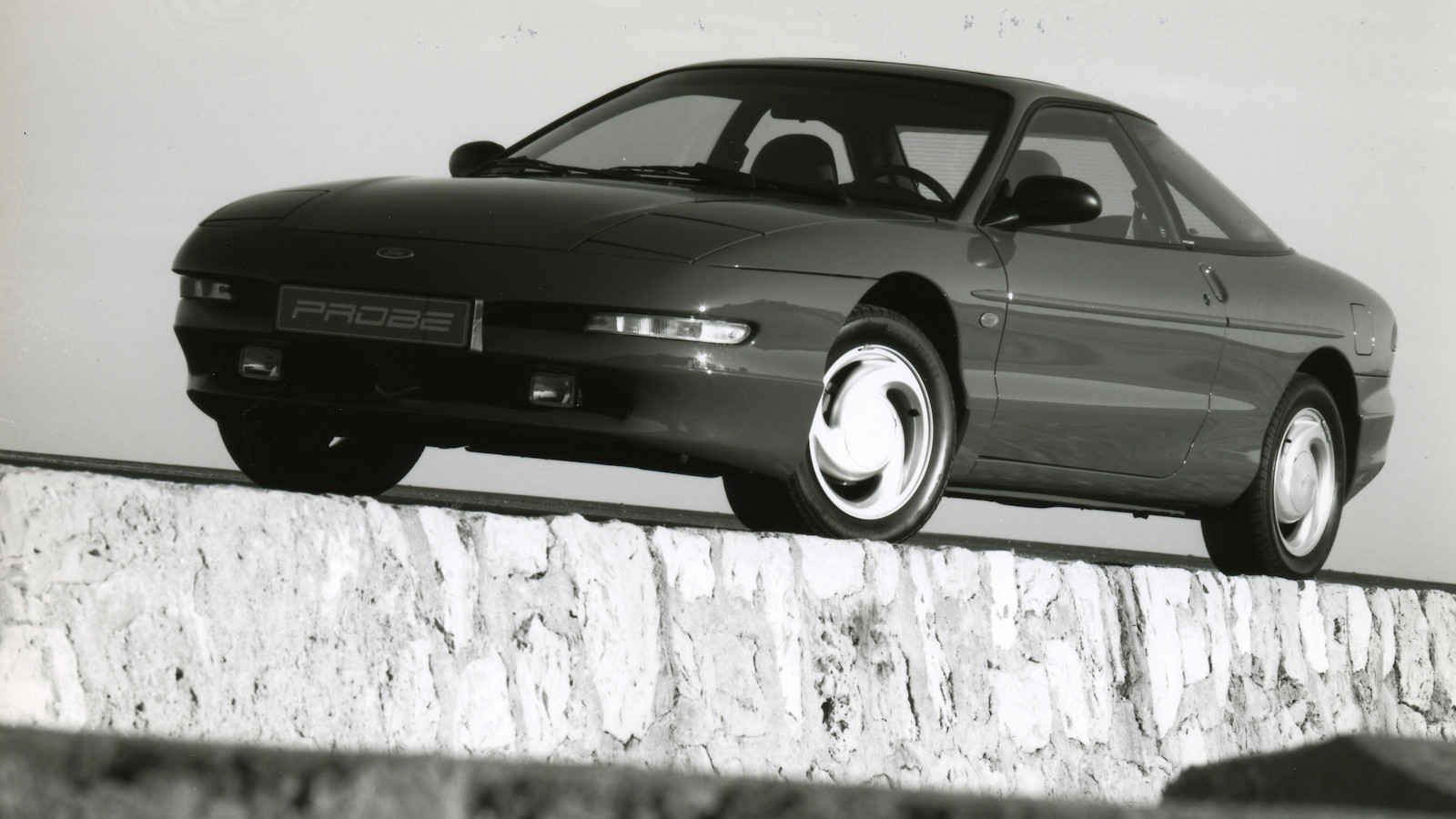 © Ford
© Ford -
 © Mercedes-Benz
© Mercedes-Benz -
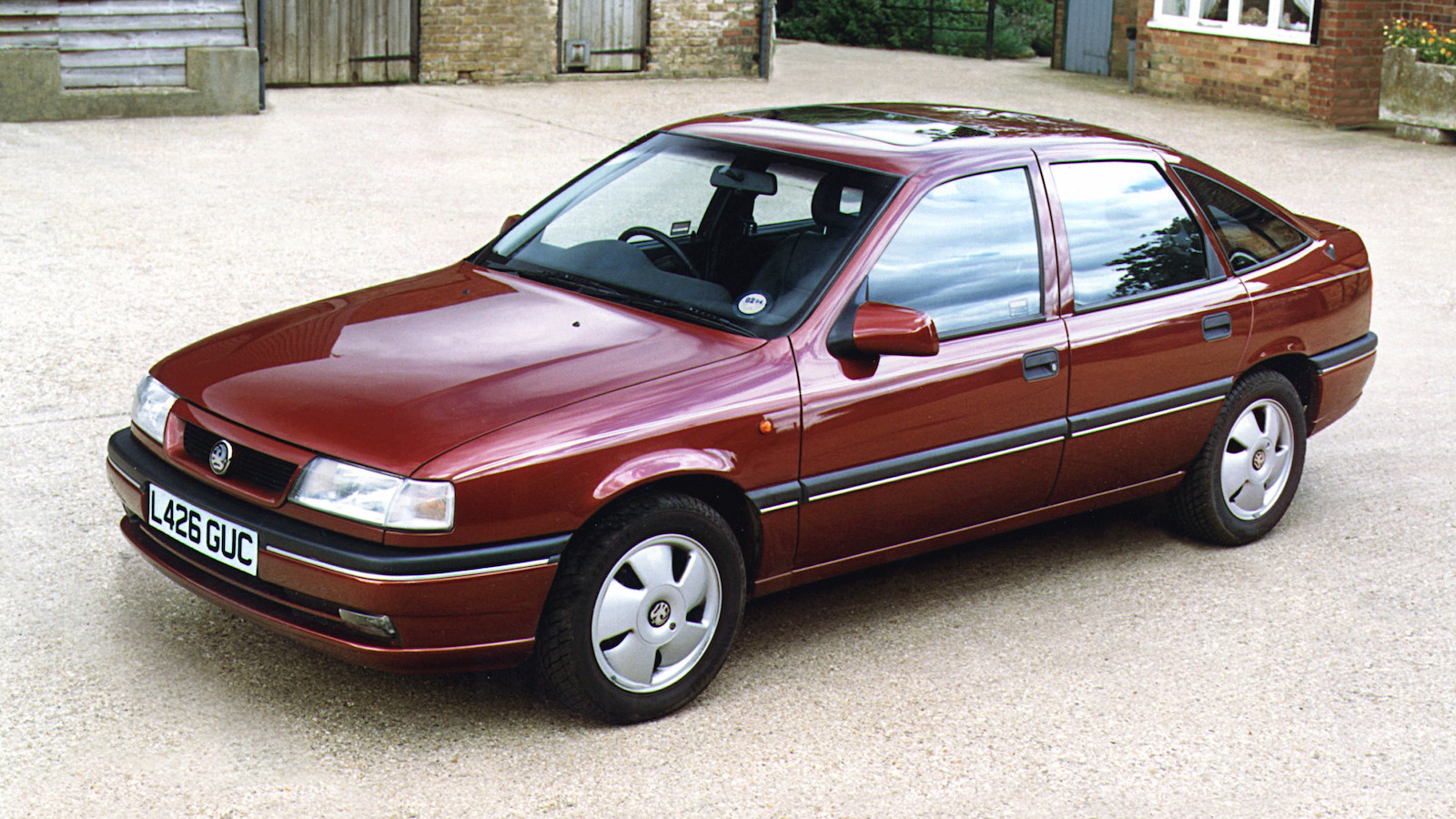 © Newspress
© Newspress -
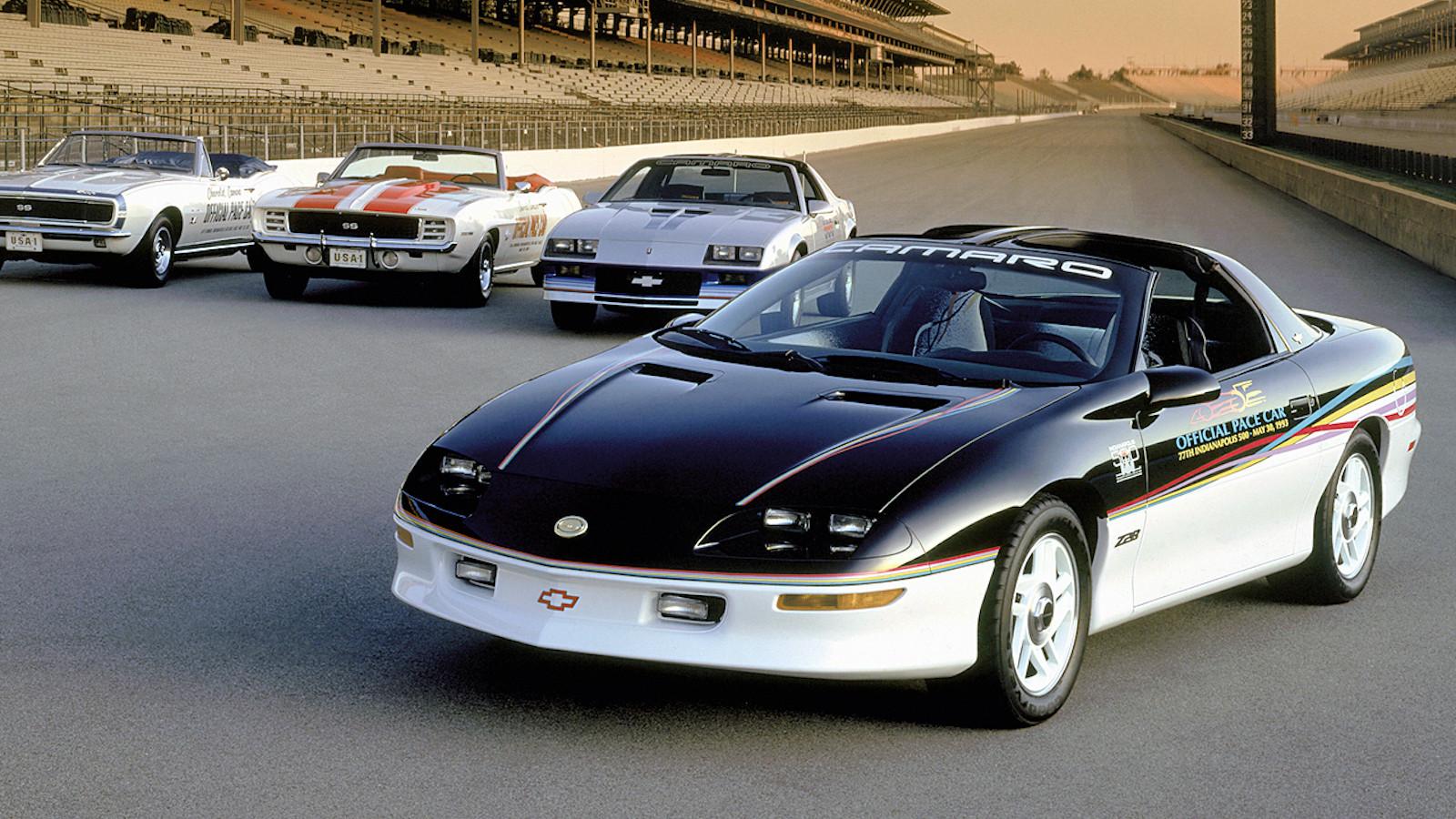 © GM
© GM -
 © Tony Baker/Classic & Sports Car
© Tony Baker/Classic & Sports Car -
 © Ford Heritage
© Ford Heritage -
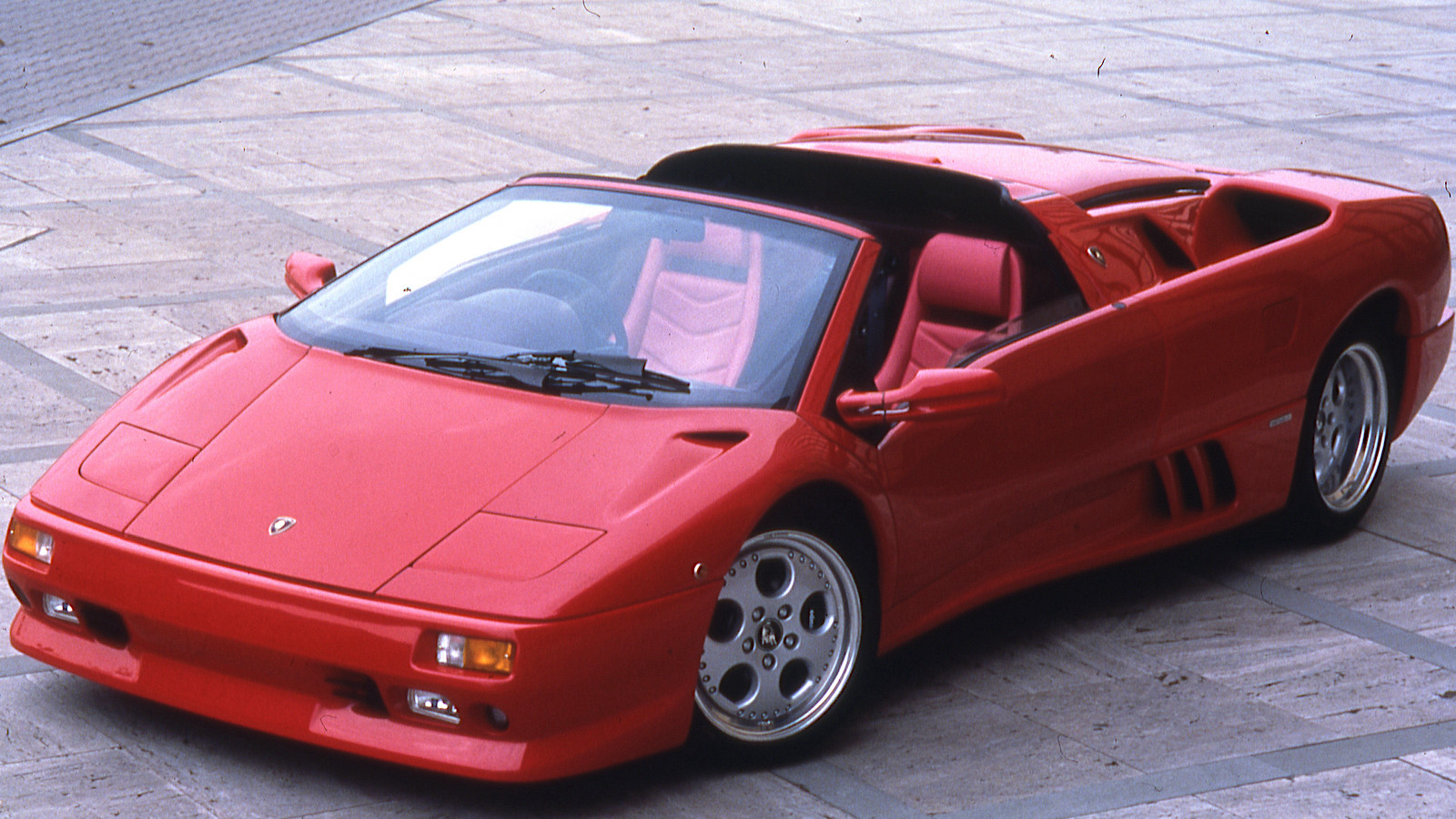 © Lamborghini
© Lamborghini -
 © Vauxhall Heritage
© Vauxhall Heritage -
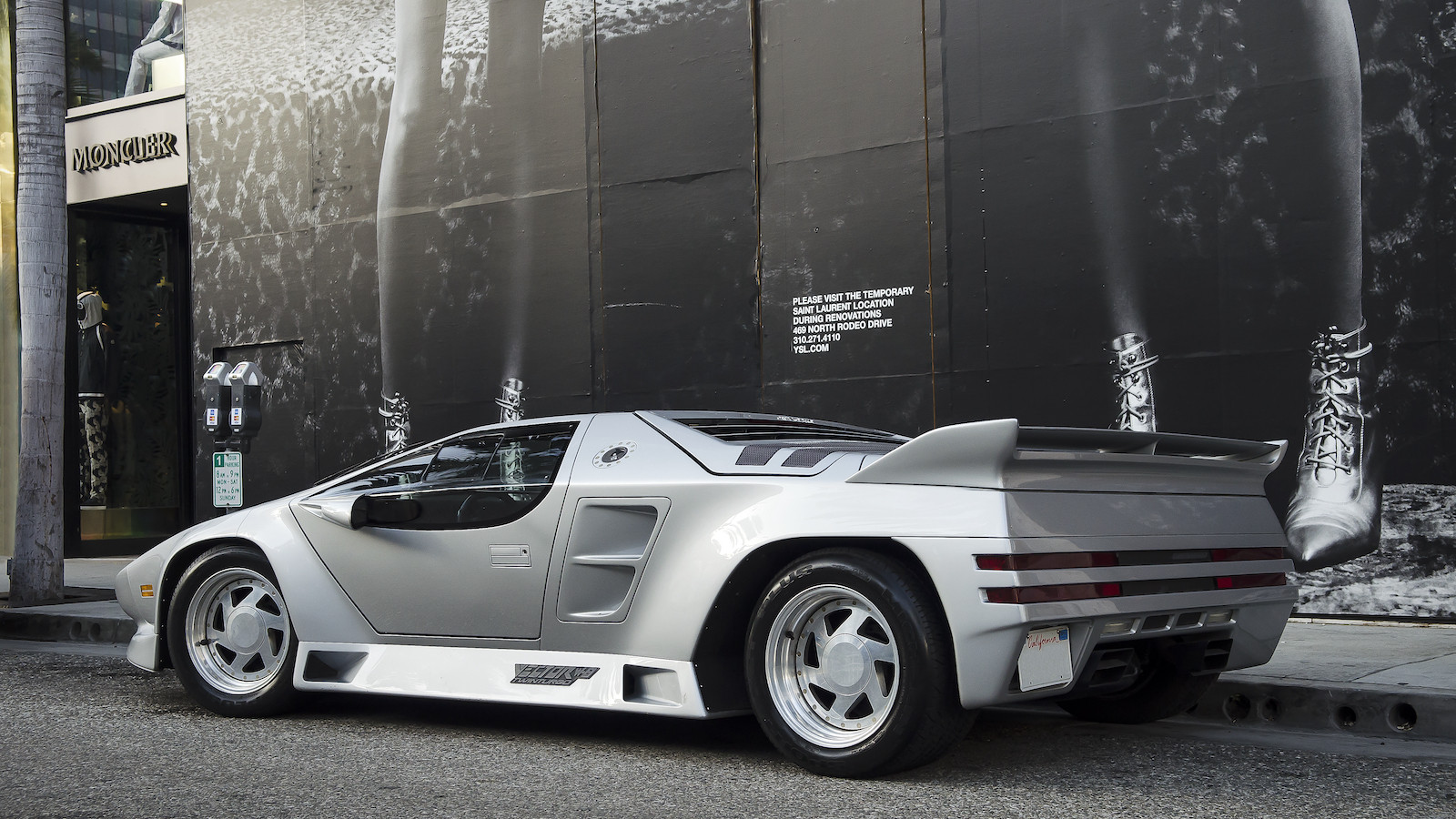 © Axion23/Wikipedia Commons
© Axion23/Wikipedia Commons -
 © Nissan Heritage
© Nissan Heritage -
 © Ford Motor Company
© Ford Motor Company -
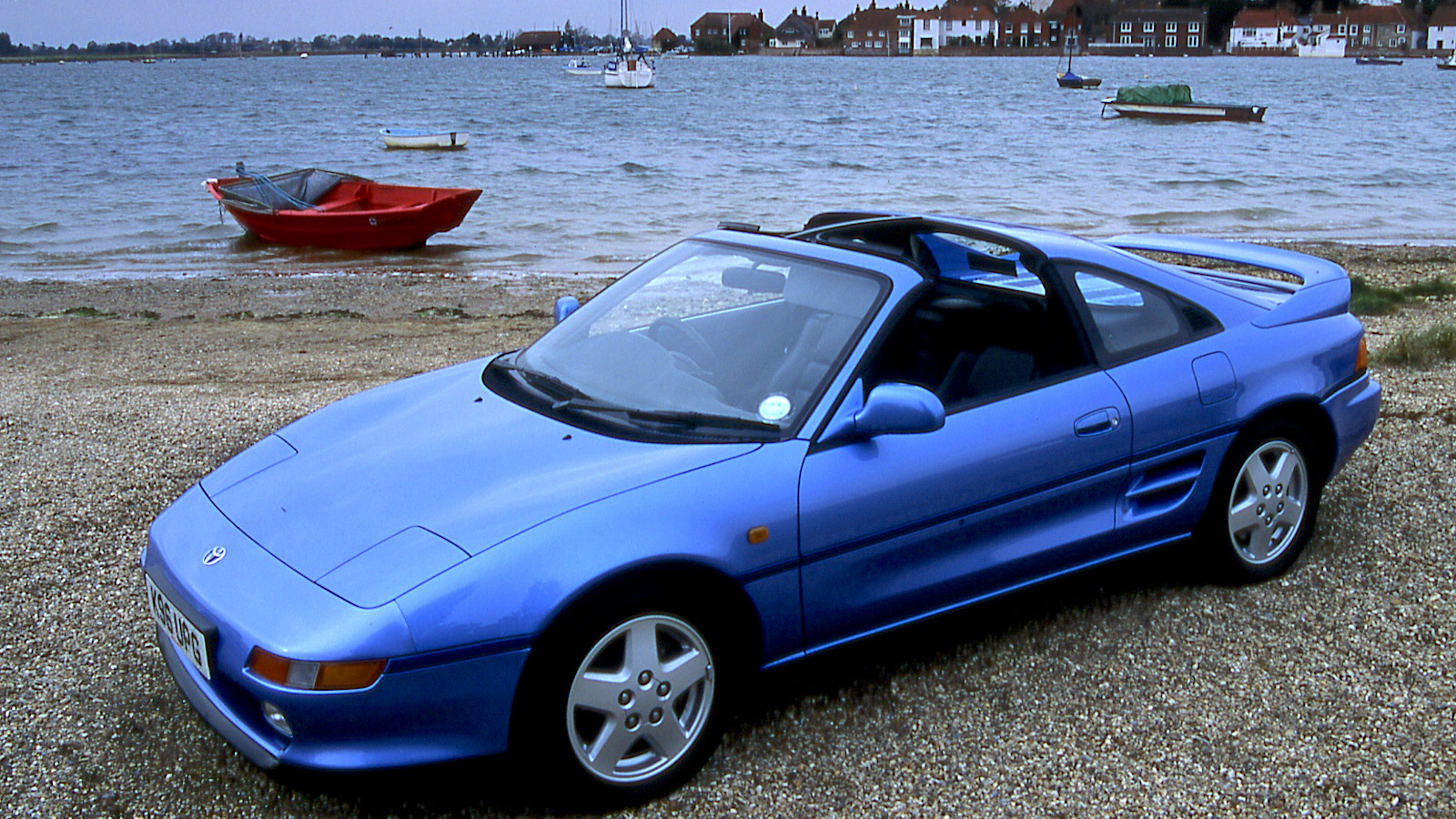 © Newspress
© Newspress -
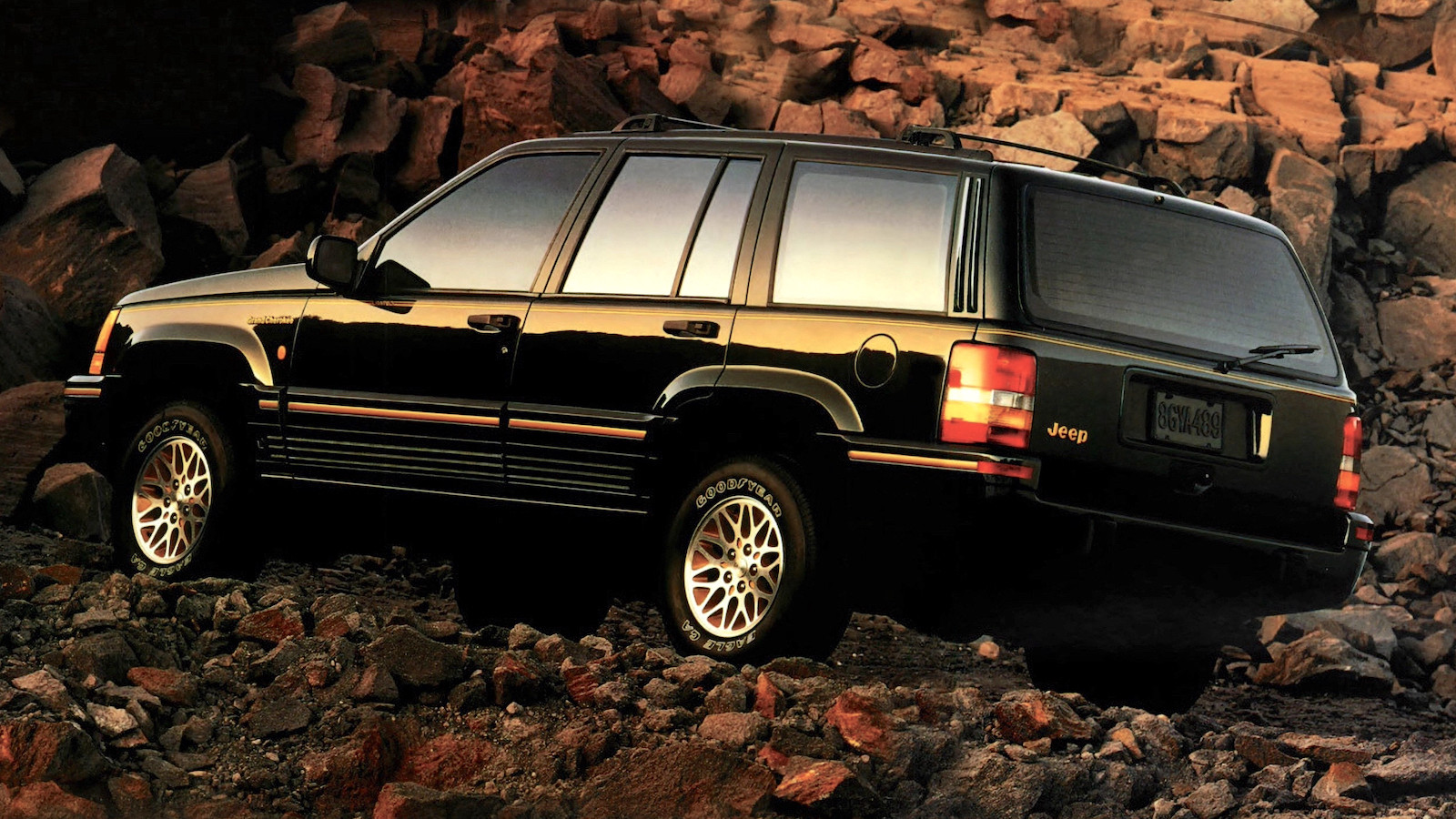 © Stellantis
© Stellantis -
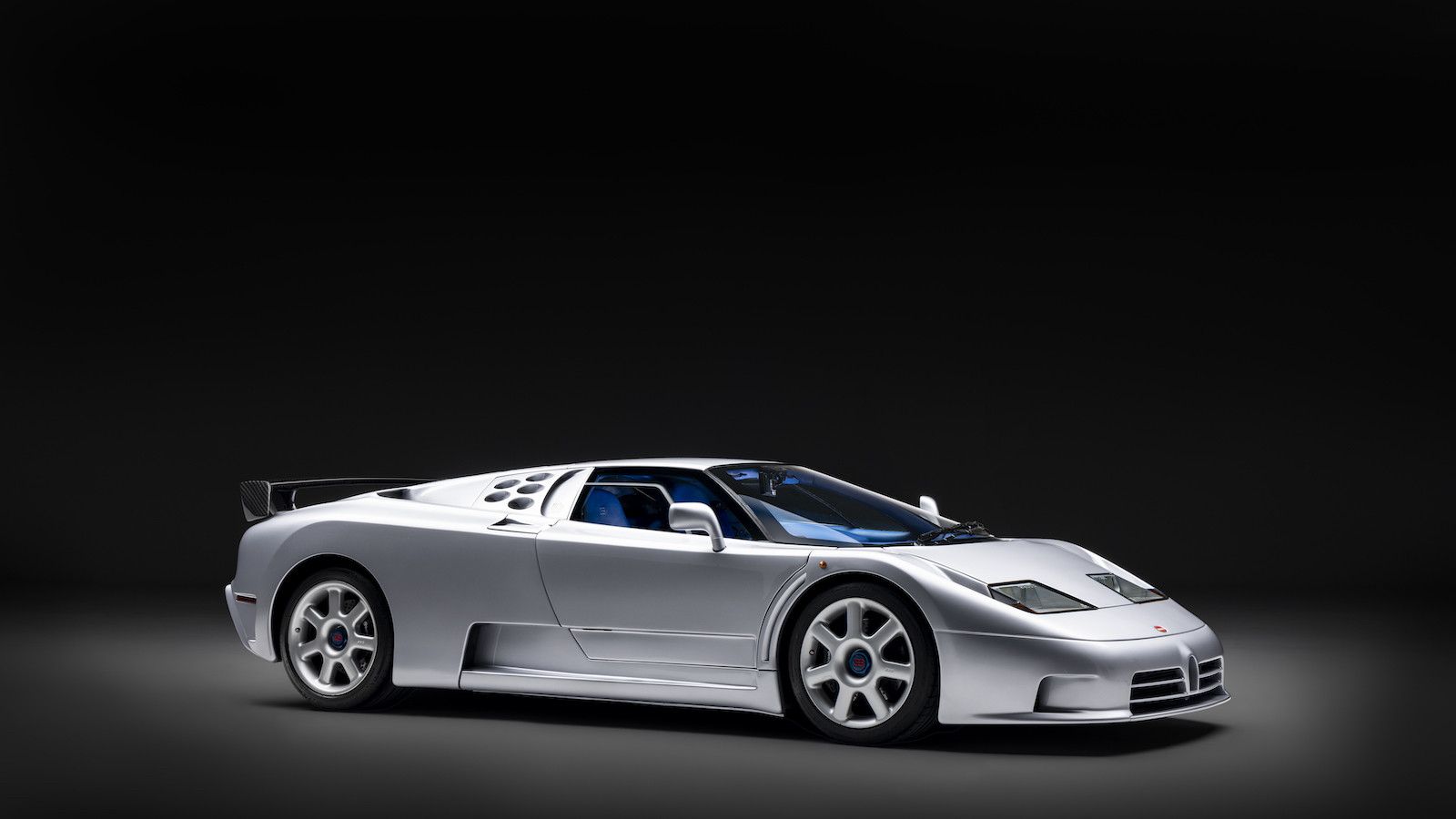 © Newspress
© Newspress -
 © BMW
© BMW -
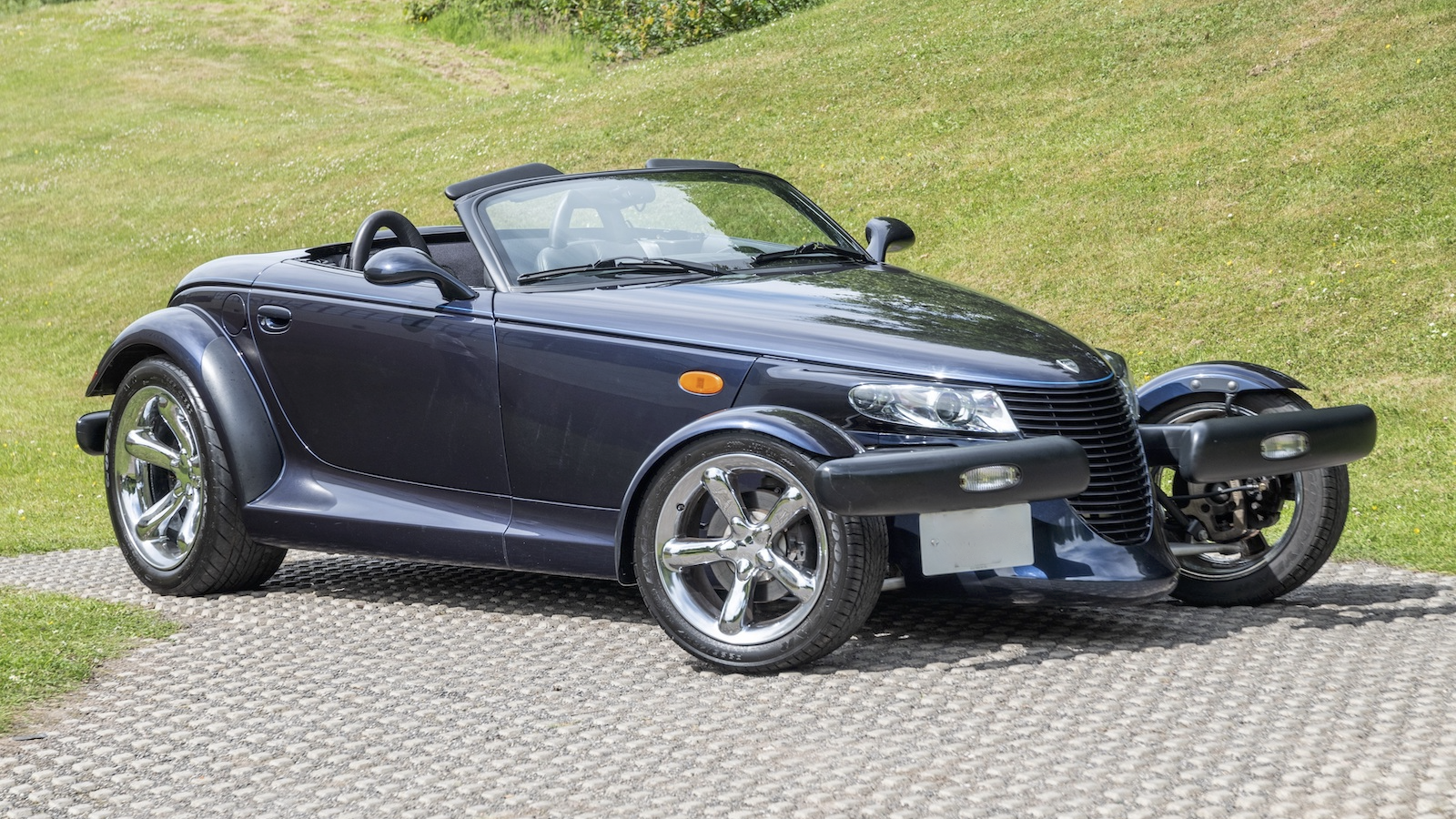 © Manor Park Classics
© Manor Park Classics -
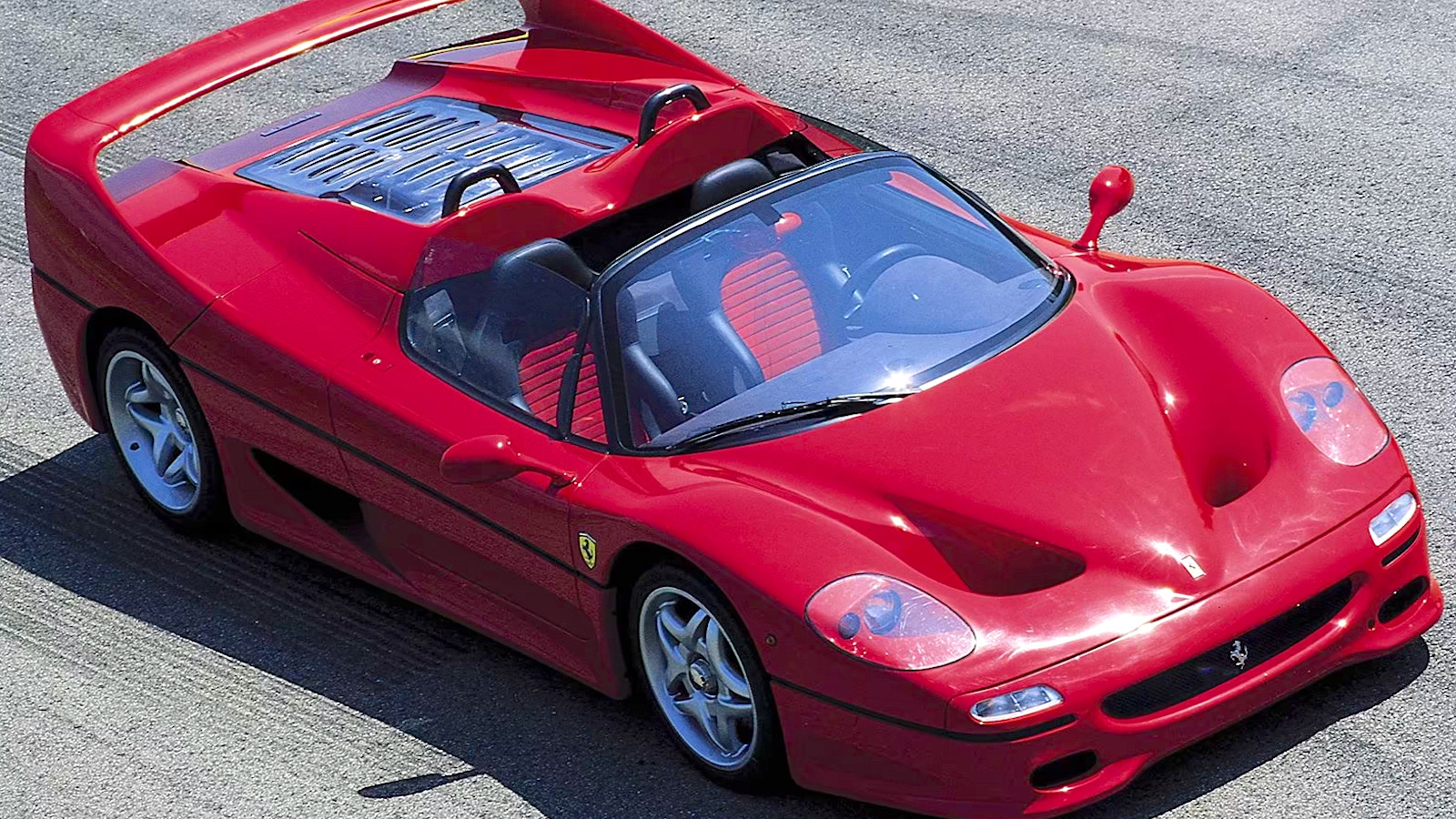 © Ferrari
© Ferrari -
 © Jaguar Heritage
© Jaguar Heritage -
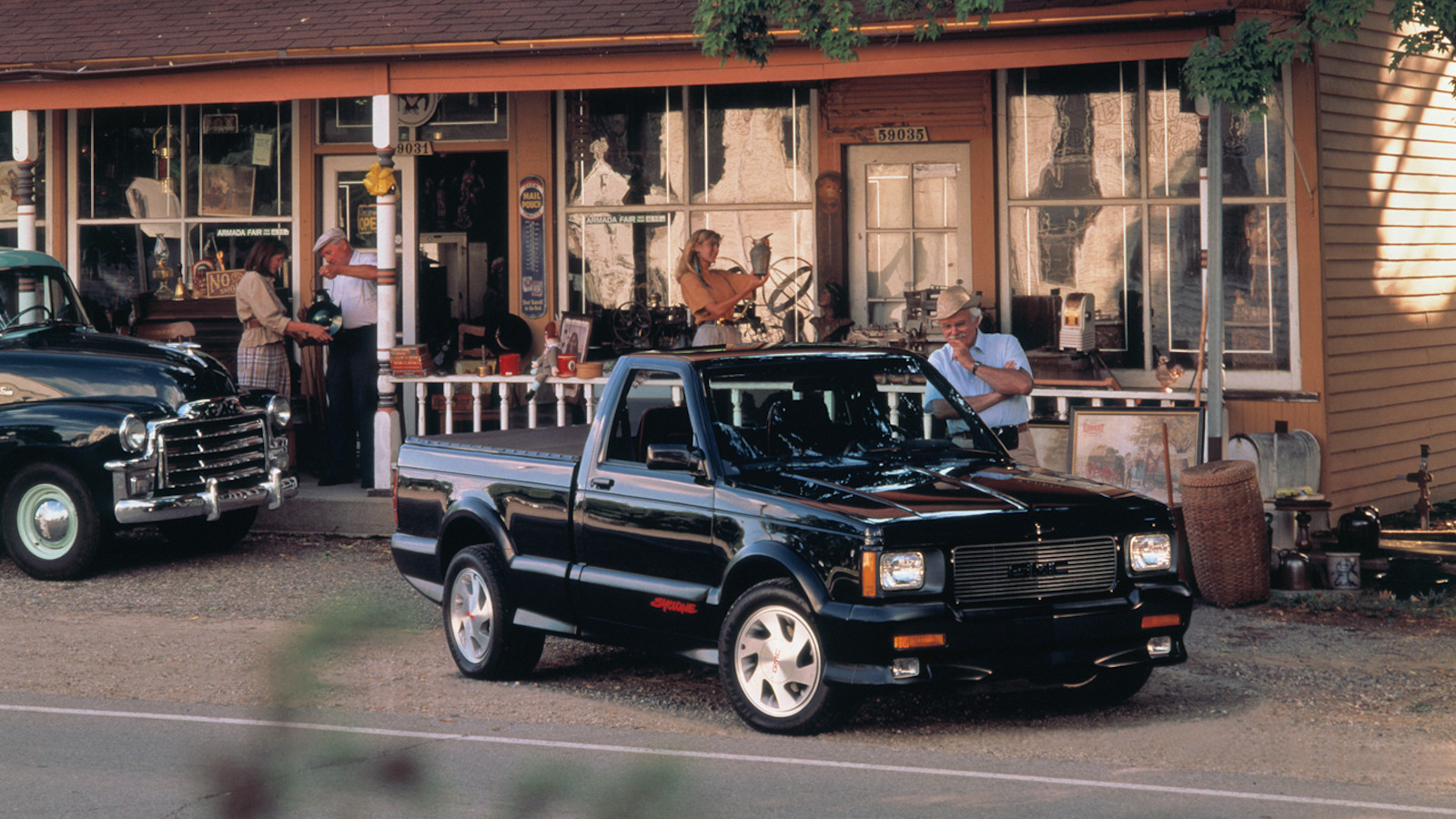 © GMC
© GMC -
 © Porsche
© Porsche -
 © Ford Motor Company
© Ford Motor Company
-
25 wheels from the ’90s we still love now
Appreciation of design is subjective, of course, but there are nevertheless some styles we can all agree on.
Wheels can make or break a car’s aesthetic and plenty of makers still get it wrong – just as they did 30 years ago. Yes, sadly, the ’90s really was that long ago…
Remember the five-spoke? Well, if not, you’re about to be reminded, but we’re really here to explore those more memorable rotating designs from the 1990s.
These 25 are some of the more daring, ingenious and brave wheel styles that have stood the test of time and, we think, still look great today.
-
1. BMW M5 (E34)
The alternate version of the M-System ‘Turbine’ wheel (unsurprisingly called the M-System II) wasn’t technically a new wheel.
This novel 17in rim we all remember was actually a newly designed trim fitted to the old wheel barrel.
The follow-up System II wheels are better known as ‘throwing stars’, due to looking like the ninjutsu weapon of the same name.
These are some of the most popular wheels in BMW’s back catalogue and look amazing fitted to almost any classic model, but we think they work best on an 850CSi.
-
2. Renault Clio 16v
The Clio is so prevalent these days that it’s hard to recall a time before it. But, take our word for it, this was the most revelatory Renault for a generation.
Together with advertising that played on cheeky French stereotypes, naughty Nicole and her wayward ‘Papa’ helped push 300,000 first-gen Clios in the UK alone.
The first in the now famous line of ‘hot’ Clios came in 1992 when the 16v strutted its stuff, sitting on hugely handsome 15in Speedline Maracana alloy wheels.
Handily, they were supplied in a 4x100 bolt configuration, which has seen these wheels fitted to myriad models from other makers – mainly VWs.
-
3. Porsche 911 Carrera RS (993)
Around 1000 examples of the mighty 993 Carrera RS were made – just enough to satisfy clipboard-carrying homologation types.
Despite this, the number built in right-hand drive is vanishingly small, even more so if the first owner ticked the optional ‘RSR’ box.
Make no mistake, this is an RS in the classic sense, it’s a racer for the road, from a time before the moniker was reduced to being just a bragging right for rich customers.
Its 3.8-litre engine – air-cooled, of course – developed just shy of 300bhp in a lightweight 1200kg shell, which was plenty. Wild aero was backed up by fat 18in Speedline Cup three-piece aluminium rims that were to die for.
-
4. Dodge Viper RT-10
Inevitably, any gaggle of cool wheels has to include a few three-spoke designs and few come much cooler than the ones fitted to early Dodge Vipers.
These are a deep-dish lover’s delight, but not in the usual sense. Peer into an RT-10’s wheel well and you’ll need your distance specs just to see the brake calipers.
These 18in rims need to be this deep to allow the fitting of rear tyres that are a near-ridiculous 335mm wide. With its V10 shoving 400bhp through them – without traction control – it’s just as well, too.
-
5. Ford Probe
It might not be quite as exotic as the Viper, but just like the Dodge, the somewhat humble Ford Probe had some pretty tasty three-spoke wheels.
Its name might have conjured up visions of overly familiar aliens, but there wasn’t a lot else wrong with the Probe, except perhaps being a bit too Japanese – tantamount to high treason in the eyes of your average Capri owner back then.
Borrowing much of its platform and mechanicals from the front-wheel drive Mazda MX-6 didn’t do it any favours either, but ‘Capri man’ never really gave the Probe a chance.
It was actually a far more refined and fun GT than the sum of its parts would suggest – we think its wheels still look cool, too.
-
6. Mercedes-Benz 500E
The result of golden-era Mercedes-Benz getting into bed with Porsche was a love child the whole automotive world was envious of.
The Porsche-built 500E sums up everything great about 1990s German executive performance. It was the very definition of a fist in a velvet glove. Few at first glance could pick it out from a crowd of W124s in a taxi rank, but standout it most certainly was...
Blistered arches made it too wide to be produced on the conventional 124-series production line and so cash-strapped Porsche leapt at the chance.
That width was also essential to give the 500E enough rubber, shod around a timelessly elegant six-spoke 17in wheel, first seen on the 190E 2.5-16 Evolution II.
-
7. Vauxhall Cavalier (Mk3)
Despite a low-end rep-mobile image, the Cavalier – especially the third-generation model – was a pretty advanced machine for its time.
When the Opel Vectra A/Mk3 Cavalier went on sale in October 1988, it immediately made the Ford Sierra show its age. The new Vauxhall was slick and modern, with comfort and tech options way ahead of the game in its segment.
Sporty or luxurious Cavaliers came with either a V6 engine or a 16v and turbocharged ‘red top’ 2.0-litre four-cylinder – the Turbo even got four-wheel drive.
These top-end Vauxhalls also received the best wheels, colloquially called ‘fan blades’, which looked great and were easy to clean.
-
8. Chevrolet Camaro (4th gen)
Love it or loathe it, the ’90s Chevrolet Camaro saw the resurgence of proper power in this all-American symbol of performance motoring.
Arguably, the low point had come with the third-gen Camaro in the 1980s, when its 305cu (5.0-litre) V8 engine put out a feeble 145bhp – GM still dared to still call it a Z28...
The Z28 for the 1990s had improved immensely, with its Corvette-sourced LT1 5.7-litre V8 engine making 275bhp, enough to get it to 60mph in under 6 secs – that’s more like it!
Fourth-generation Camaros might have a bottom-feeder look, but its twisted five-spoke wheels are cool, whatever’s fitted under the fish-like front end.
-
9. Lancia Delta Integrale Evo II
The king of the Group A rally hill needs little introduction.
It’s the box-arched turbo snorting god of the gravel, though it’s rarely praised for its wheels. The Compomotive TH2 Motorsport rims fitted to Evo I and II Integrales are still available today, which is surely testament to their enduring appeal.
These 17in tall and 8in wide wheels are both strong and light – ideal for their punishing motorsport purpose – but they also look fantastic.
That concentric band between the hub and the rim means your eye focuses on the negative impression between the spokes. Ideal for showing off some big, bright rally brakes.
-
10. Ford F-150 Lightning
Welcome to Ford’s OG muscle truck, the F-150 SVT Lightning. As you’ll no doubt have gathered from its name, the clever ladies and gentlemen over at Ford’s Special Vehicle Team got to play with the crayons on this one.
The ninth-generation F-150 was altered in a number of new and exciting ways by SVT, but the best of all was adding a hopped-up 351 Windsor V8, that developed 25bhp and 15lb ft of torque more than the stock F-150.
While the performance boost wasn’t overly extreme, the SVT makeover was, including those awesome deep-dish wheels.
-
11. Lamborghini Diablo
It’s fair to say that the Diablo’s 11-year production run spanned some of the most troubled times in its firm’s history.
Despite that, the Diablo was fantastic, especially by its end in 2001, but since the financial crash of the early 1990s, it was proving near impossible to be made profitable.
Owners Chrysler realised that even after ‘federalising’ the Diablo, there was no way that enough well-heeled American buyers were going to swap their Ferraris for Lambos.
By 1998, Lamborghini found its way into the Volkswagen Group empire as new owners Audi finally gave it the nurturing the famous Italian brand had been sorely lacking.
Thankfully, penny-pinching at Lamborghini, pre-Audi takeover, hadn’t extended to the choice of wheels. The Diablo’s staggered three-piece OZ rims were always, quite simply, perfection.
-
12. Lotus Carlton
Everything about the Lotus version of the Opel Omega/Vauxhall Carlton was developed with one goal in mind: going as fast as possible. The engineering needed to get a four-door saloon to top 180mph, meant all components had to be robust in the extreme.
From its beefy ZF six-speed transmission (as fitted to the Corvette ZR1) and limited-slip differential (from a Holden Commodore V8), to the wheels and tyres that bore the brunt of its brutal 377bhp Lotus-built twin-turbocharged six-cylinder engine.
Goodyear Eagle F1 tyres – with the same high-speed compound as the Lotus Esprit Turbo SE – were fitted to the chunky, bespoke and iconic Ronal five-spoke rims.
-
13. Vector W8
If you’re not familiar with the Vector W8, we suggest you check it out, because this thing was utterly bonkers.
It’s the brainchild of – emphasis on the ‘child’ bit, because the W8 was every teenager’s motoring fantasy made real – automotive engineer and businessman Gerald Alden Wiegert. ‘Jerry’ wanted a supercar as close to operating an ultra-low-flying fighter jet as possible. Think Top Gun on Tarmac.
With a project as wild in its aspiration as that – this thing even had fighter-jet tech in the dashboard – there was no chance of the wheel design being anything other than stupendous.
The W8 sat on a bespoke set of deep-dish split rims, wrapped in similarly custom Michelin XGT Plus tyres – the only rubber capable of handling speeds close to the W8’s claimed top speed of around 220mph.
-
14. Nissan Skyline (R33) 400R
If you think paying the £600k needed for a mint Nismo Skyline 400R is insane, let us unpack that figure for you... The only machines to finish above these Nismo-fielded Skylines at Le Mans in 1995 were a Callaway Corvette, a couple of bespoke prototypes and a gaggle of McLaren F1s.
In that rarefied company, a modified Nissan road car does not normally belong... This was a long time before the genius engineers at Nismo were relegated to sticking body kits and badges on Jukes, these were Nismo’s glory days.
The Nismo 400R version of the R33 Nissan Skyline was about as far removed from its roadgoing sibling as possible, with racing extras like a carbonfibre propshaft and a forged 9000rpm redline engine made by the same people who powered the race cars.
The ultra-desirable centre-lock lookalike wheels were just another piece of a truly exceptional package.
-
15. Ford Taurus SHO (2nd gen)
No performance car enthusiast today would admit to driving a Ford Taurus, but there was a time when that name evoked more than just a move to a retirement community.
When it was new, its wind-cheating European-inspired shape made it a quick seller. Capitalising on this success, Ford felt a performance halo model was needed and the SHO was born.
Super High Output might have been a bit of an exaggeration, yet Ford’s Vulcan V6 was tweaked by Yamaha to make a stout 220bhp – enough to get the Taurus SHO to 60mph in 6.6 secs and hit 143mph.
The handsome six-spoke ‘fan’ alloys looked as though they delivered cool air to the brakes when in motion – which they sort of did – and looked cool regardless.
-
16. Toyota MR2 (SW20)
Sick of seeing five-spoke wheels yet? Good, because there are many more to come… This was very much the default wheel style of the ’90s, but that doesn’t mean there weren’t standout variations upon the theme.
Take these flat-faced marvels fitted to the second-generation Toyota MR2, for example.
Though not immediately evident, this affordable mid-engined sports car continued from its predecessor in having traits associated with far more exotic machines that shared its layout.
Elements like staggered wheel sizes front to back for greater grip on the driven axle and easier turning effort on the front. It wasn’t a lot, just 10mm (195 front, 205 rear), but enough to have a marked effect on the handling.
-
17. Jeep Grand Cherokee
Somewhat overlooked these days, even within classic SUV-enthusiast circles, the first-generation Grand Cherokee (ZJ) is also overshadowed by its smaller and more culturally significant sibling.
We wonder what would have happened to the popularity of the Grand Cherokee if it had as many screen appearances as the XJ Cherokee, which has appeared prominently in Charmed, Ronin, Misery, The Goonies and Scream, as well as countless other cameos.
The Grand Cherokee might not have shared the XJ’s popularity, but in Limited model guise, it did share these stunning polished multi-spoke wheels.
-
18. Bugatti EB110
We’re not sure if this was the designer’s in-joke or not, but giving the world’s fastest production sports car a wheel design reminiscent of what you’d find on a 19th-century horse-drawn carriage certainly always made us giggle
In reality, it was a nod to legendary racing Bugattis of old – see the Type 51 in particular.
These new-for-1992 takes on a very classic design were produced by BBS and made out of a lightweight magnesium alloy – a racing technique that kept the unsprung weight down, while retaining strength.
Those traits were needed in spades, because the EB110 could demolish the 60mph sprint in just 3.1 secs and hit 218mph flat out.
Slowing from these colossal speeds meant braking heat generated from its 332mm discs was significant, yet these strong, handsome wheels were engineered to take the punishment and still look great.
-
19. BMW M3 GT (E36)
The BMW M3 has a lineage like few others. It’s the most successful Touring Car model in the history of motorsport and with that comes certain expectations.
All generations of the M3 wear their circuit credentials on their sleeves, but some had to try a little harder...
The second-generation M3 (E36) was a larger, heavier and less focused machine than its predecessor, which is why BMW felt pressured to remind the public that the M3 was still a racer at heart – 1995’s M3 GT was the result. Just 356 were made in one colour, British Racing Green.
The M3 GT got a bit more power, but more significant was its bespoke M Sport aero and the fitting of hitherto optional M Double Spoke (Style 24) forged aluminium wheels.
In case their bold design left you in any doubt, there was also the word ‘Motorsport’ etched across them... Subtle no, but stunning nonetheless.
-
20. Plymouth Prowler
By the 1990s, the once-mighty Plymouth had been relegated by Chrysler to making minivans. Perhaps sensing that the end was nigh for Plymouth, or just confident from more than three years of back-to-back profits, Chrysler bosses decided to lengthen Plymouth’s leash and the Prowler was what it came up with.
The green light for production was given after Plymouth presented a barely altered 1993 concept car to Tom Gale, head of Chrysler design.
The Prowler was made mostly from aluminium, making it easy to write-off the funds merely as a material R&D exercise.
The wheels were made of the same alloy and stretched a staggering 20 inches – at a time when a 16in wheel was considered big.
-
21. Ferrari F50
The F50 is perhaps the ultimate expression of the supercar – or it’s certainly very close to it.
It used an engine directly developed from the one that powered Ferrari’s 1990 Formula One campaign, from the 641 GP car driven by Alain Prost and Nigel Mansell.
The F50 was a glorious and uncompromising machine that was created as a 50th-birthday present to its maker.
With so little consideration for cost or concession, it’ll come as no surprise to learn that the wheels fitted to the F50 are somewhat singular.
Speedline was tasked with forging these magnesium-alloy, twin five-spoke delights.
-
22. Jaguar XJ220
The story of the XJ220 and its many backtracks is well known, so we won’t go into that here, but the fact is that what eventually emerged from Jaguar was one of the most exciting driver’s cars ever produced.
When tested without its emissions gear at Nardò, the XJ220 kept up the Jaguar tradition of nearly hitting the speed its name claimed, by clocking 218mph. With F1 driver Martin Brundle behind the wheel, and its cats reinstated, it managed its official top speed of 212mph.
With speed like that in its portfolio, the XJ220’s wheels, tyres and brakes had to be on point. Wheels were of the aluminium-alloy Speedline Corse variety, with 17in fronts and 18in rears, shod respectively in Bridgestone Expedia 255mm and 345mm tyres.
-
23. GMC Syclone
The muscle truck is now a well-known automotive trend, but back in the early 1990s, it was in its infancy. Many were still shocked and appalled in equal measure at the prospect of a truck that could out-accelerate most contemporary sports cars.
The GMC Syclone (not a typo) was a hot-rod version of the Sonoma with permanent four-wheel drive and turbocharged power.
So as not to mistake it for your average long-suffering work truck, the Syclone got aero that made it look every inch the drag racer. Also, a set of polished 16in wheels that screamed ‘look at me’ – look we did and still do.
-
24. Porsche 968 Clubsport
It’s taken what seems like an eternity for the four-cylinder, front-engined Porsches to find favour, which is probably unsurprising considering the reception they received from traditional marque fans when new.
The rest of us, including much of the motoring press, loved them from day one for the way they handled – and the best of the bunch is the 968 Clubsport.
Retina-searing paint aside (they didn’t all come in Speed Yellow), the CS was a bit ahead of its time. The world wasn’t really accustomed to track-day editions in 1992, with its colour-coded, Cup-like wheels, which were a big part of its sporting appeal.
-
25. Ford Mustang SVT Cobra
The top-dog Mustang had been the SVT Cobra for a generation already by the time the all-new look Mustang arrived in 1994.
Ever the affordable dream machine, the base price of a Mustang Cobra coupé in 1996 was just $24,810, or in other words, more than $7000 cheaper than a contemporary BMW 328i.
Not that its base price meant you had to sacrifice too much in the way of comfort or style – those polished 17in alloy wheels, for example, were derived from the ones used on the Cobra R racing cars.
